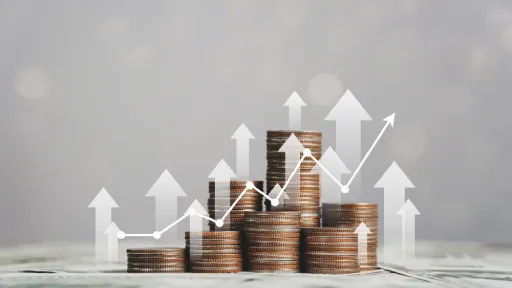In today’s ever-changing financial landscape, understanding what is a reverse mortgage and how does it work has become increasingly important, especially for seniors aiming to secure their retirement funds. As traditional income sources like pensions and social security sometimes fall short, a reverse mortgage offers a compelling option to unlock home equity without selling the house or making monthly payments. This article dives deep into what is a reverse mortgage and how does it work, helping you make informed decisions about your financial future.
What Is a Reverse Mortgage?
A reverse mortgage is a special type of loan available to homeowners aged 62 and older that allows them to convert part of their home equity into cash. Unlike a traditional mortgage where you make monthly payments to the lender, a reverse mortgage pays you. The loan is typically repaid only when you sell your home, move out permanently, or pass away.
Key Features of a Reverse Mortgage
- No monthly mortgage payments required.
- Homeowners retain title and ownership of their property.
- The loan balance grows over time due to accrued interest.
- Non-recourse loan: you or your heirs will never owe more than the home’s value at loan repayment.
- Funds can be received as a lump sum, monthly payments, or a line of credit.
How Does a Reverse Mortgage Work?
Understanding how a reverse mortgage works is key to evaluating if it’s the right financial tool for you. When you take out a reverse mortgage, the lender advances you funds based on a percentage of your home’s appraised value and other factors such as your age and current interest rates.
The Process Step-by-Step
- Eligibility Verification: You must be at least 62 years old and own your home outright or have a low mortgage balance.
- Home Appraisal: The lender orders an appraisal to determine the current market value of your property.
- Loan Calculation: Based on the appraisal and your age, the lender calculates how much you can borrow.
- Receiving Funds: Choose how to receive funds—lump sum, monthly installments, line of credit, or a combination.
- Loan Repayment: The loan is repaid when you sell the home, move out, or pass away. If the loan balance exceeds home value, insurance covers the difference.
Types of Reverse Mortgages
- Home Equity Conversion Mortgage (HECM): The most common, federally insured reverse mortgage.
- Proprietary Reverse Mortgages: Private loans usually for higher-value homes.
- Single-Purpose Reverse Mortgages: Offered by some state and local government agencies for specific expenses.
Benefits and Risks of a Reverse Mortgage
Benefits
- Increased Cash Flow: Provides a steady source of income during retirement.
- Retain Home Ownership: You keep living in your home.
- Flexible Payout Options: Choose a payout method that fits your needs.
- No Monthly Mortgage Payments: Relieves financial stress of monthly bills.
Risks
- Loan Balance Increases Over Time: Interest compounds, potentially reducing your home equity.
- Costs and Fees: Upfront fees and closing costs can be significant.
- Impact on Inheritance: Heirs may receive less or need to repay the loan if they keep the home.
- Obligations: You must maintain the home and pay property taxes and insurance.
Is a Reverse Mortgage Right for You?
A reverse mortgage can be a strategic financial tool for retirees with substantial home equity who need additional income or wish to delay tapping into other retirement assets. However, it’s essential to weigh the pros and cons and consider alternative options. Consulting a HUD-approved counselor can provide personalized advice tailored to your circumstances.
In conclusion, understanding what is a reverse mortgage and how does it work empowers homeowners, particularly seniors, to make sound financial decisions to enhance their quality of life during retirement.


